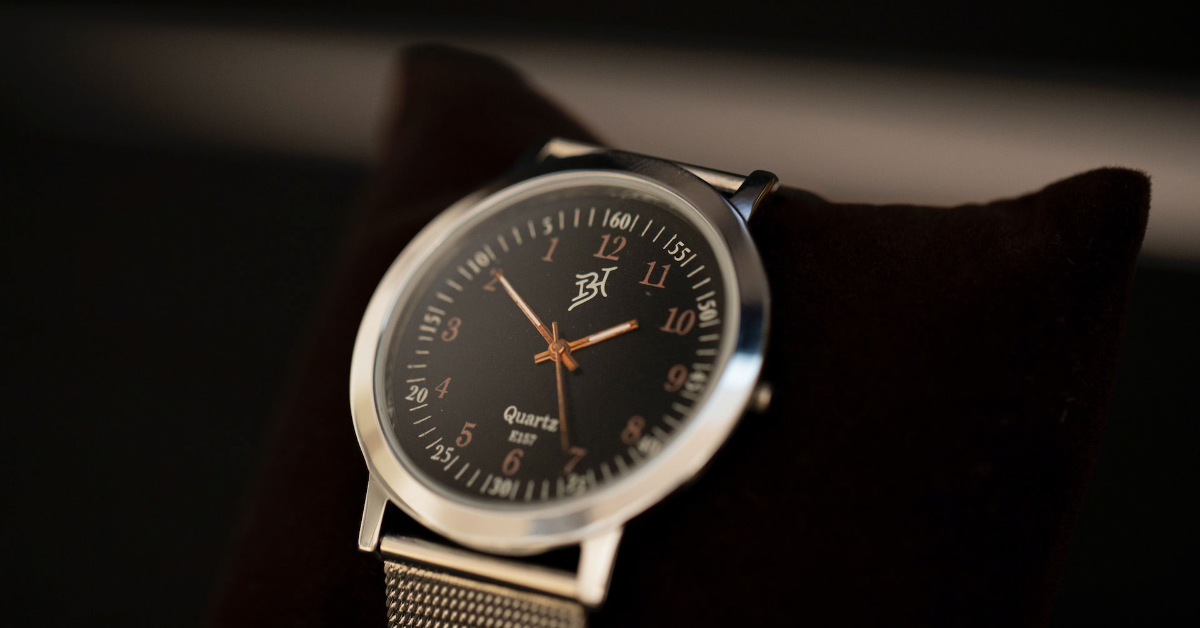The Fascinating History of Wrist Watches: From Timekeeping Tool to Fashion Accessory

Wristwatches are a common sight on the wrists of people around the world, but where did they come from, and how have they evolved over time?
In this article, we will explore the fascinating history of wristwatches, from their early use as timekeeping tools to their current status as fashion accessories.
The Early History of Wrist Watches
- Wristwatches have a long and varied history, with the first known examples dating back to ancient civilizations, where people used sundials and water clocks to keep track of time.
- The first portable timekeeping devices, known as pocket watches, emerged in the 16th century and were worn by wealthy individuals as a status symbol.
- It was not until the late 19th century, however, that wristwatches became widely used, with the development of smaller, more accurate timekeeping mechanisms and the increasing demand for portable and convenient timekeeping tools.
The Evolution of Wrist Watches
- In the mid-20th century, wristwatches became a fashion accessory, with brands such as Omega, Rolex, and Cartier creating stylish and luxurious watches for both men and women.
- The popularity of wristwatches continued to grow in the late 20th century and early 21st century, with new styles and materials being developed and a wide range of options available to meet the needs of different consumers.
- Today, wristwatches are worn for a variety of purposes, including timekeeping, fashion, and as a symbol of status and luxury.
The Future of Wrist Watches
- The future of wristwatches looks bright, with new technologies and materials being developed to enhance their performance and functionality.
- Smartwatches, which incorporate technology such as fitness tracking, phone notifications, and payment systems, are becoming increasingly popular and are being used by people of all ages and walks of life.
- Traditional mechanical watches, which use mechanical movements to keep time, are also experiencing a resurgence in popularity, with collectors and enthusiasts valuing the craftsmanship and artistry of these timepieces.
- Wristwatches are also becoming more sustainable, with brands offering recycled and biodegradable materials and supporting charitable causes.
Conclusion
The history of wristwatches is a fascinating story of innovation and evolution, from their early use as timekeeping tools to their current status as a fashion accessories. From ancient sundials to modern-day smart watches, wristwatches have come a long way and have evolved to meet the needs of different users.
The future of wristwatches looks bright, with new technologies and materials being developed to enhance their performance and functionality and make them more sustainable. Next time you slip on a wristwatch, take a moment to appreciate the rich history and cultural significance of this essential and versatile timepiece.








